
PHYSICAL THERAPY
We offer a wide variety of services designed to help patients return to an active, pain-free lifestyle.
At Advanced Physical Therapy, our goal is to help patients return to an active, pain-free, and fully functional lifestyle. Our focus with every patient is to first control pain and inflammation, then help them regain normal joint range of motion, flexibility, strength, endurance, coordination, and power.
We use a variety of proven therapeutic methods—or modalities—to do this. These modalities help create an optimal environment for injury repair by regulating the inflammatory process and stopping the pain-spasm cycle. Your supervising therapist will select the proper modalities based on his or her discretion, as well as the type and severity of the injury.
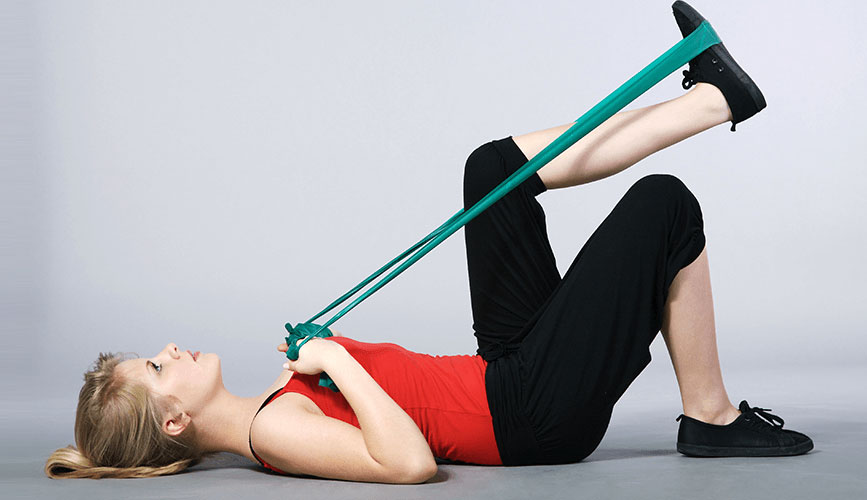
Therapeutic Exercise
Core Strengthening, consectetur adipiscing elit, sed do eiusmod tempor incididunt ut labore et dolore magna aliqua. Ut enim ad minim veniam, quis nostrud exercitation ullamco laboris nisi ut aliquip ex ea commodo consequat.

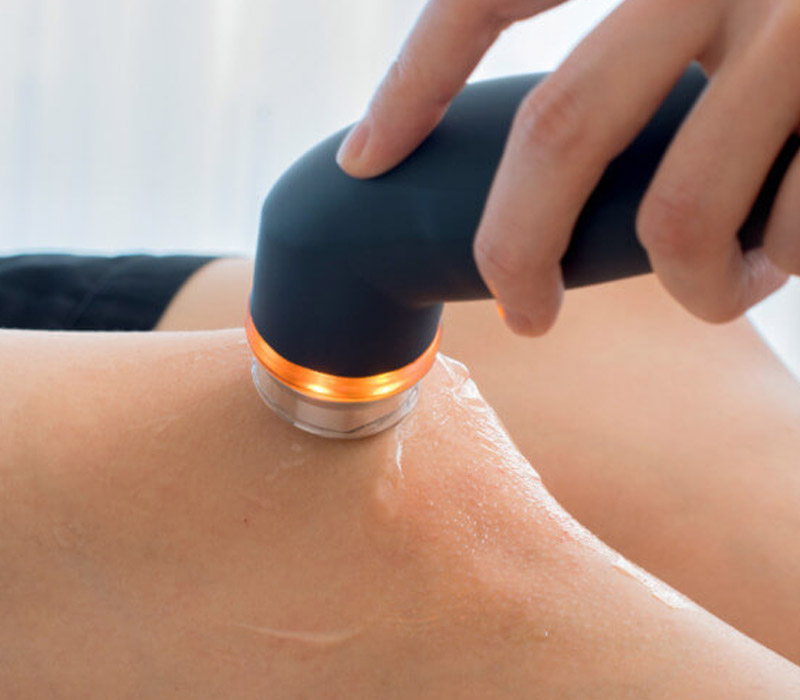
Ultrasound machines emit high or low frequency sound waves that are transmitted to the injured body tissue and blood vessels. They penetrate the area to cause deep tissue/muscle warming. This promotes tissue relaxation, making ultrasound useful in treating muscle tightness and spasms. The warming effect of the sound waves also increases circulation to the area to decrease inflammation, muscle spasms, joint stiffness, inflammation, and pain— promoting the healing process.
Advanced Physical Therapy uses a “deep tissue laser” to help reduce pain and stimulate tissue repair. Laser therapy is proven to be effective in treating soft tissue injuries, acute and chronic joint problems, chronic pain, and fractures.
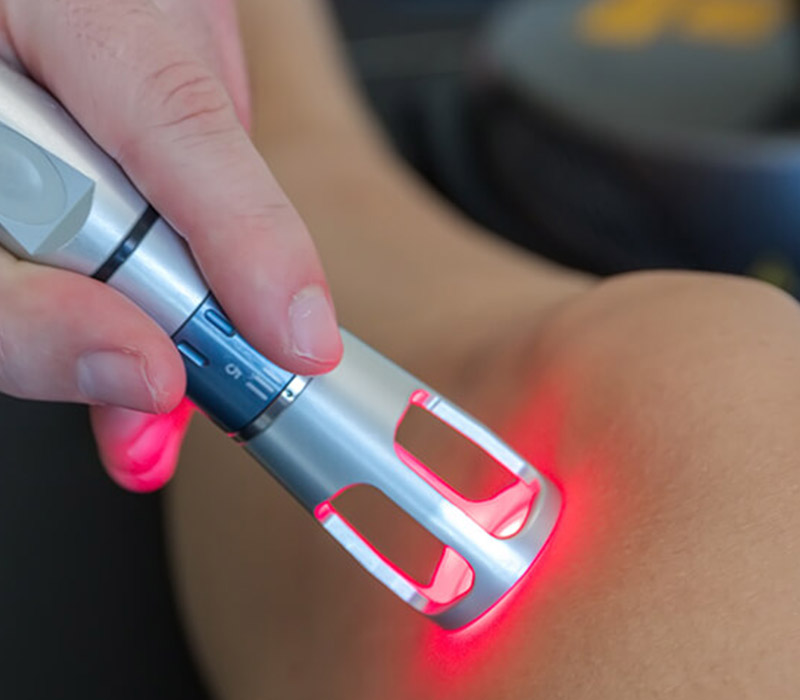
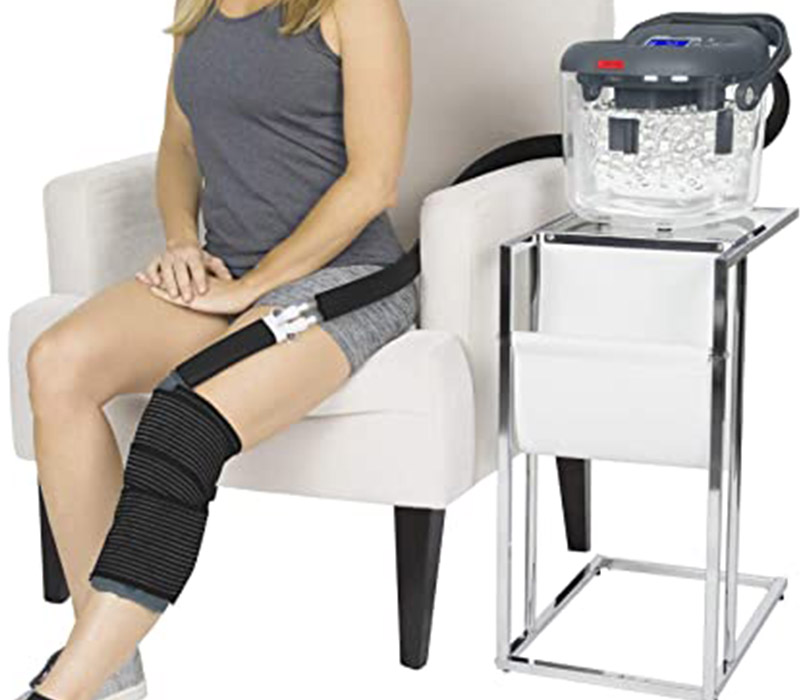
Cryotherapy is the local or general use of low temperatures in medical therapy. Methods of cryotherapy include ice massage, ice and cryo packs, ice immersion, and commercial gels. Cold application leads to decreased blood flow to the site of injury, which helps decrease swelling and pain while relaxing muscle spasms—leading to a pain-free effect. Because the application of ice leads to a decrease in metabolic rate, inflammation, and pain, cryotherapy is the modality of choice immediately after an injury occurs.
Thermotherapy, or heat application, is typically used in the second phase of rehabilitation. It increases blood flow and promotes healing in the injured area. Application of heat can increase circulation and cellular metabolism, reduce pain and muscle spasms, and promote healing of damaged tissues. An example of superficial thermotherapy would be a moist hot pack. Examples of penetrating thermotherapy include ultrasound and laser therapy.
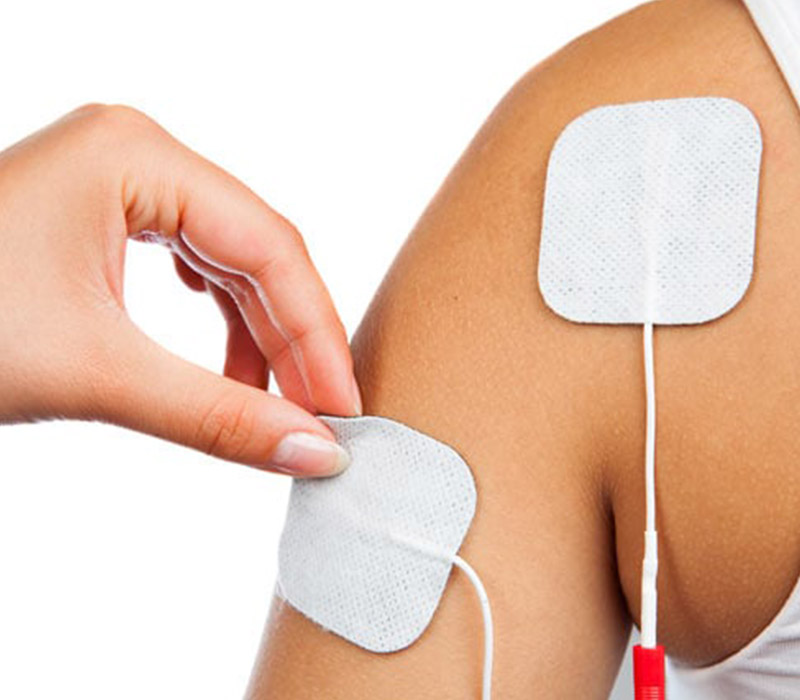
Electrical therapy is a popular therapeutic modality that can be applied to injured or immobilized muscles in the early stages of injury. There are various forms of electrotherapy that can be used to decrease pain, increase blood flow, range of motion, and muscle strength, reeducate muscle, and promote wound healing
Soft Tissue Mobilization involves the manipulation of the soft tissues. It is effective in increasing circulation, blood and lymphatic flow. STM may assist in the removal of edema, stretch superficial scar tissue, reduce soft-tissue adhesions, and decrease neuromuscular excitability. As a result, relaxation, pain relief, edema reduction, and increased range of motion can be achieved. STM involves five basic strokes: effleurage (stroking), pétrissage (kneading), tapotement (percussion), vibration, and friction.


Traction is the process of drawing or pulling tension on a body segment. The most common forms involve lumbar and cervical traction. Spinal traction is more commonly used to treat back pain, sacroiliac pain, and small herniated disc protrusions that may result in spinal nerve impingement. Traction can also be used to treat a variety of other orthopedic ailments.